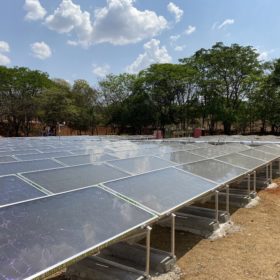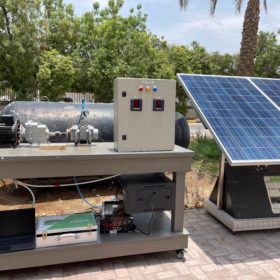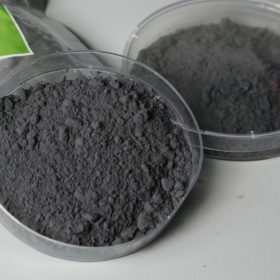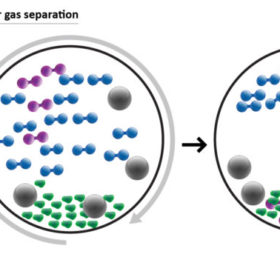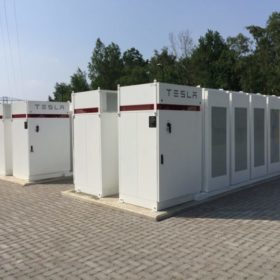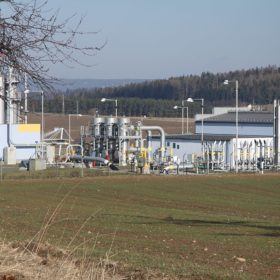Solar thermal panel for large scale applications
The panel has an absorption area of 1.96 m2 and a weight of 27 kg per square meter. According to the manufacturer – Swiss startup TVP Solar – it may be a real booster for thermal output, by combining it with photovoltaics and heat pumps to provide enhanced output per square meter, in particular for low-temperature applications such as district heating.
Australian Capital Territory charges ahead with Canberra’s 250 MW big battery project
The Australian Capital Territory government has firmed its commitment to deliver one of the largest battery storage systems in the Southern Hemisphere to support Canberra’s energy grid and the continued uptake of renewables with funding allocated in the upcoming budget to progress the Big Canberra Battery project.
The Hydrogen Stream: Gas prices are higher than levelized cost of hydrogen for several technologies in Europe
In other news, Toyota unveiled plans to roll out light-duty hydrogen fuel-cell trucks for the Japanese market next year and the UK has launched a contract for difference scheme for large scale hydrogen projects. Furthermore, Japanese scientists have designed a ruthenium complex with a nitrogen-containing organic compound to improve high-temperature proton conduction in fuel cells.
PEM fuel cell with novel biomimetic design
Spanish scientists developed a proton exchange membrane fuel cell with a bipolar plate based on a nature-inspired structure. This architecture, according to its creators, shows remarkable performance when operating at high relative humidity values of 90%.
Compressed air storage vs. lead-acid batteries
Researchers in the United Arab Emirates have compared the performance of compressed air storage and lead-acid batteries in terms of energy stored per cubic meter, costs, and payback period. They found the former has a considerably lower Capex and a payback time of only two years.
The Hydrogen Stream: Porous silicon material for hydrogen production, storage
EPRO Advance Technology has developed new silicon materials for hydrogen production, while Helmholtz-Zentrum Hereon researchers have shown that hydrogen storage materials can be produced from recycled industrial waste.
Novel mechanochemical breakthrough for hydrogen storage
Researchers at Deakin University in Australia have discovered a novel way to separate, store and transport large amounts of gas without waste.
Storage for load shifting viable in several Brazilian states
Greener says that battery storage could help large electricity consumers in Brazil to cope with sharp differences between peak tariffs and off-peak tariffs.
Sodium-ion batteries for EVs, renewables storage
US scientist have developed a new electrolyte design for sodium-ion batteries to improve their long cycling performance. The low-solvation electrolyte was designed for high-voltage sodium-ion batteries, which retained 90% of their capacity after 300 cycles.
Oil and gas reservoirs are cheapest options for underground hydrogen storage
New research from Ireland shows that depleted oil and gas reservoirs may be used to store hydrogen at a cost of $1.29/kg. According to the researchers, underground hydrogen storage may benefit from the technological maturity of the geologic storage of natural gas and CO2, which are associated with decades of established knowledge.
